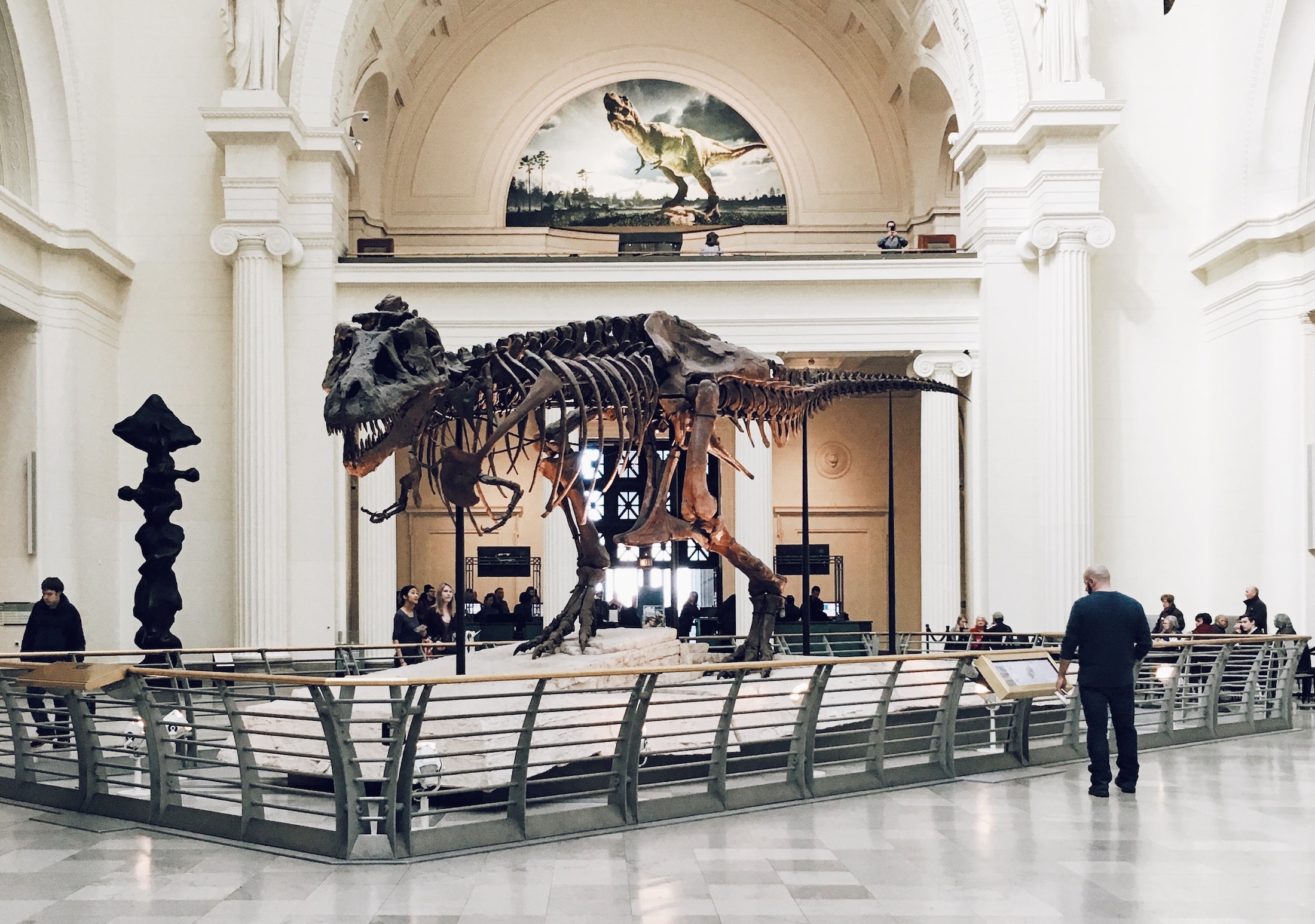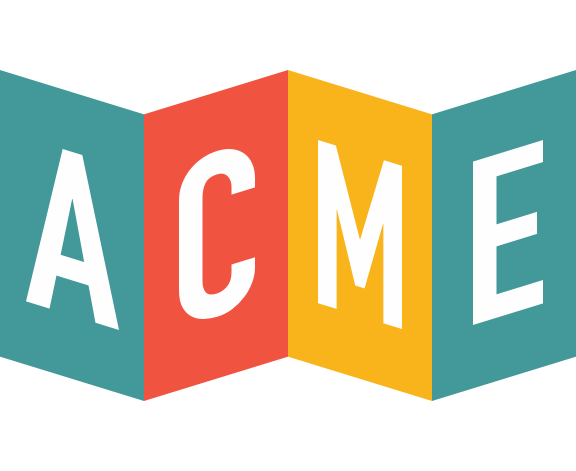
Writing Your Museum Mission Statement + Examples
A focused mission statement is the heart and foundation for any museum. It should provide your guests, employees, administrators, and board with a clear idea of your values and what your goals are as an institution.
For some museums, their mission statement is about serving the public. For others, it’s about preserving and keeping safe the world’s important historical and cultural artifacts. Whatever the case may be, your mission statement should echo the kind of important values that you’d like to exemplify in your exhibitions and galleries.
Below are some important things to consider when writing your museum mission statement, including some examples.
What is a Museum Mission Statement?
A mission statement is the heart and soul of a museum. It should demonstrate a museum’s focus, purpose, and responsibilities to the public and to its items of display.
While it might seem like semantics to some, several museums have made a distinction between their missions statement, which focuses on the museum’s role and responsibility, and its vision, which focuses on what it would like to achieve long-term.
While vision could be incorporated into a mission statement, this guide will focus solely on a mission statement as defined as the role, responsibility, and focus of a museum.
As for size, mission statements can be as short as a few words and as long as several paragraphs. This will not only depend on what you need to communicate but how you’d like to communicate it.
Why is a Museum Mission Statement Important?
Imagine the mission statement as a kind of filter to the museum. Whatever new ideas, exhibitions, or developments that an administrative team wants to present should be viewed from the filter or lens of the mission statement.
Does a new exhibit idea fit with the mission statement? Does it contribute to the goals, purpose, and responsibilities of the museum as stated in the mission statement?
The importance of a mission is two-fold: in one sense, it’s a practical way to ensure that your exhibits never stray too far from what the original intent of the museum was. A kind of safety net to guarantee the museum is always on task.
In another sense, it’s a great reference for teams to have when looking towards the future. Whenever looking for funding, trying to gain new ideas for exhibits, or bringing in new talent to the museum, the mission statement is an excellent source to build inspiration from.
Additionally, your museum mission statement will help attract the kind of guests and employees that align with your interests.
How to Create a Museum Mission Statement
The great thing about a museum’s mission statement is that it can be as long or as short as you’d like it to be. Some museums have an entire page worth of text while others keep it short and sweet with one or two sentences.
Your museum statement should be long enough to communicate what you’d like to express to the world. Beyond that rule, it really comes down to stylistic preferences and who you’re trying to reach (longer mission statements might be better in reaching organizations with a similar message while shorter missions statements are more effective at reaching a wider audience).
Museum Mission Statement Examples
- Museum of Science, Boston: “The Museum’s mission is to play a leading role in transforming the nation’s relationship with science and technology.”
- Aldrich Contemporary Art Museum: “The Aldrich Contemporary Art Museum advances creative thinking by connecting today’s artists with individuals and communities in unexpected and stimulating ways.”
- Missouri History Museum: “The Missouri History Museum seeks to deepen the understanding of past choices, present circumstances, and future possibilities; strengthen the bonds of the community; and facilitate solutions to common problems.”
- Old Salem Museums and Gardens: “Old Salem Museums & Gardens presents an authentic view of the rich cultural history of early Southern life to diverse audiences—with special emphasis on the Moravians in North Carolina—through the preservation and interpretation of historic objects, buildings and landscapes.”
- The South Street Seaport Museum: The South Street Seaport Museum preserves and interprets the origins and growth of New York City as a world port, a place where goods, labor, and cultures are exchanged through work, commerce, and the interaction of diverse communities.
From the mission statement to the ticketing booth, ACME’s got you covered on valuable museum information, ticketing software, and state-of-the-art cloud-based technologies to help you run your museum to your best ability.
Get the best management technology for your museum and actualize your mission statement with ACME today.

